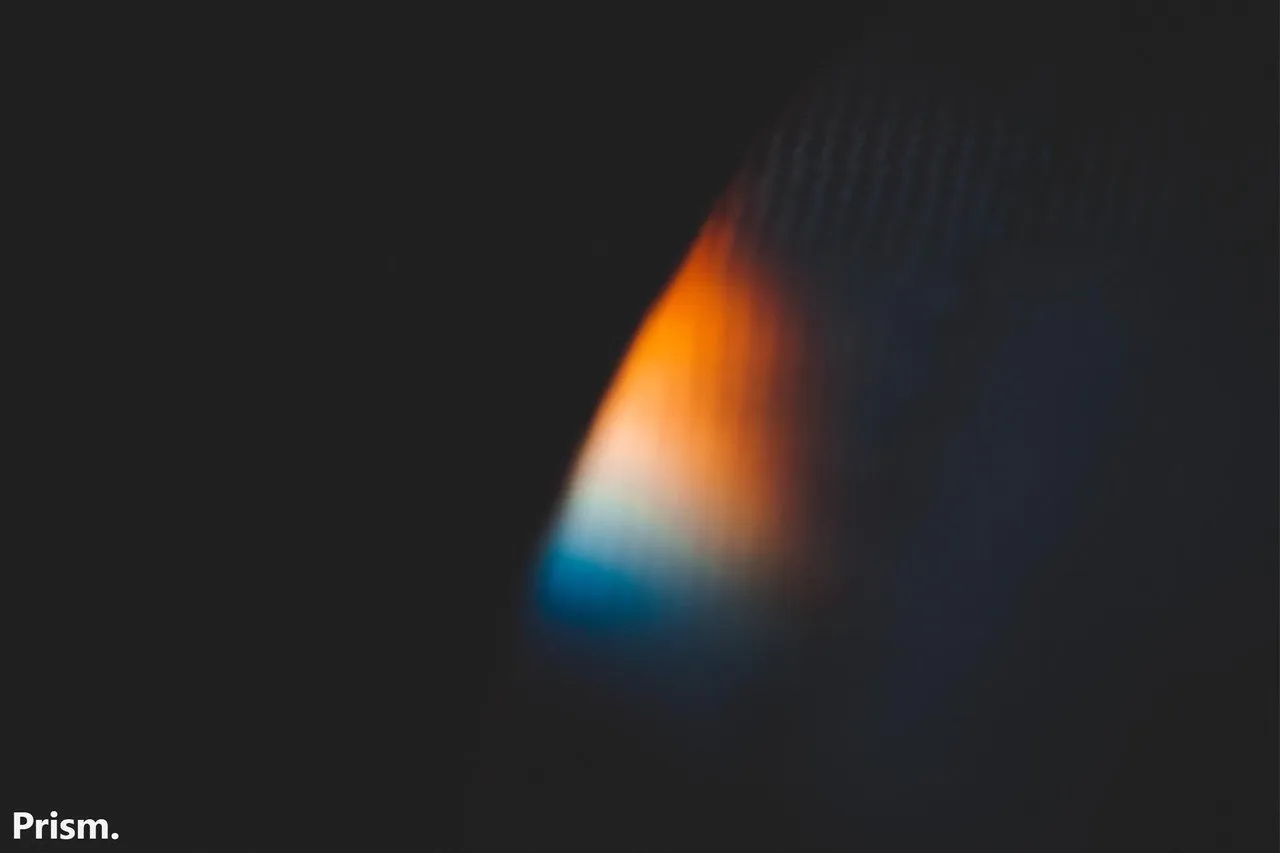
While a prism is a transparent optical object with flat surfaces that can refract light, a vase can also be a prism (even one filled with water). This is mainly because when light passes through a prism, it is bent, or refracted, as it enters and exits the prism due to the change in refractive index at the boundaries of the prism.
But what exactly is a prism, right? Prisms can be made from a variety of materials, including glass, crystal, and plastic, and can come in a wide range of shapes and sizes. So, a double-layered glass drinking glass, for example, could serve as a prism as well. The important thing is probably that the object needs to be see-through, or transparent enough to beam up some light on the other side. When I think about it... this reminds me of Music Discs (CDs), and mirrors. I'm not sure if mirrors and CDs are considered to be prisms since they bounce (slightly refracted) light instead of beaming it to the other side.
Any type of light source can cause refracted light. It does have an impact on the intensity (and color) of the refraction. For example, a bright white light source such as a flashlight or halogen lamp may produce a more intense beam of refracted light than a dimmer light source such as a candle. Similarly, a light source with a specific color temperature, such as a tungsten bulb, may produce a different colored beam of refracted light than a light source with a different color temperature, such as a LED bulb.
In these photographs, the refracted light is coming from a natural light source (Sunlight), and it is shining through a big glass vase filled with water. The vase acts as a lens and causes the light to refract, or bend. The intensity of the colors and brightness are caused by both the glass vase and the stuff it is projecting on. Like, for example, I used my jeans in the darker pictures, but I also used my skin, while the colors are altered with photoshop, you can see the difference in the intensity. Now, this has also something to do with the intensity of the Sun, as clouds were moving in front of it during the time that I took these photographs.
Photographing refracted light can turn into stunning and mesmerizing abstract art. Just check out the photographs that I took down below. These are cropped versions of the original photograph, but still, all of them are displayed as 2K resolution images.
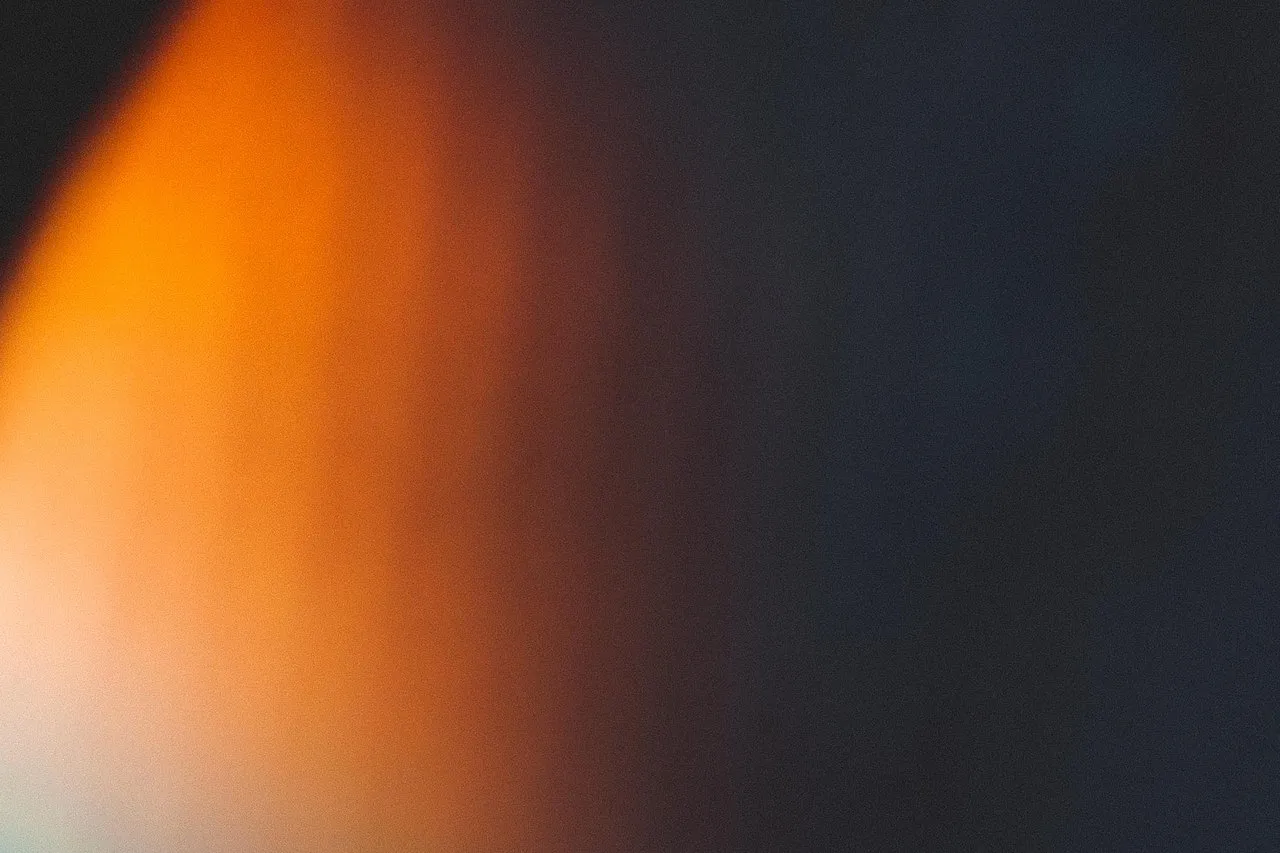

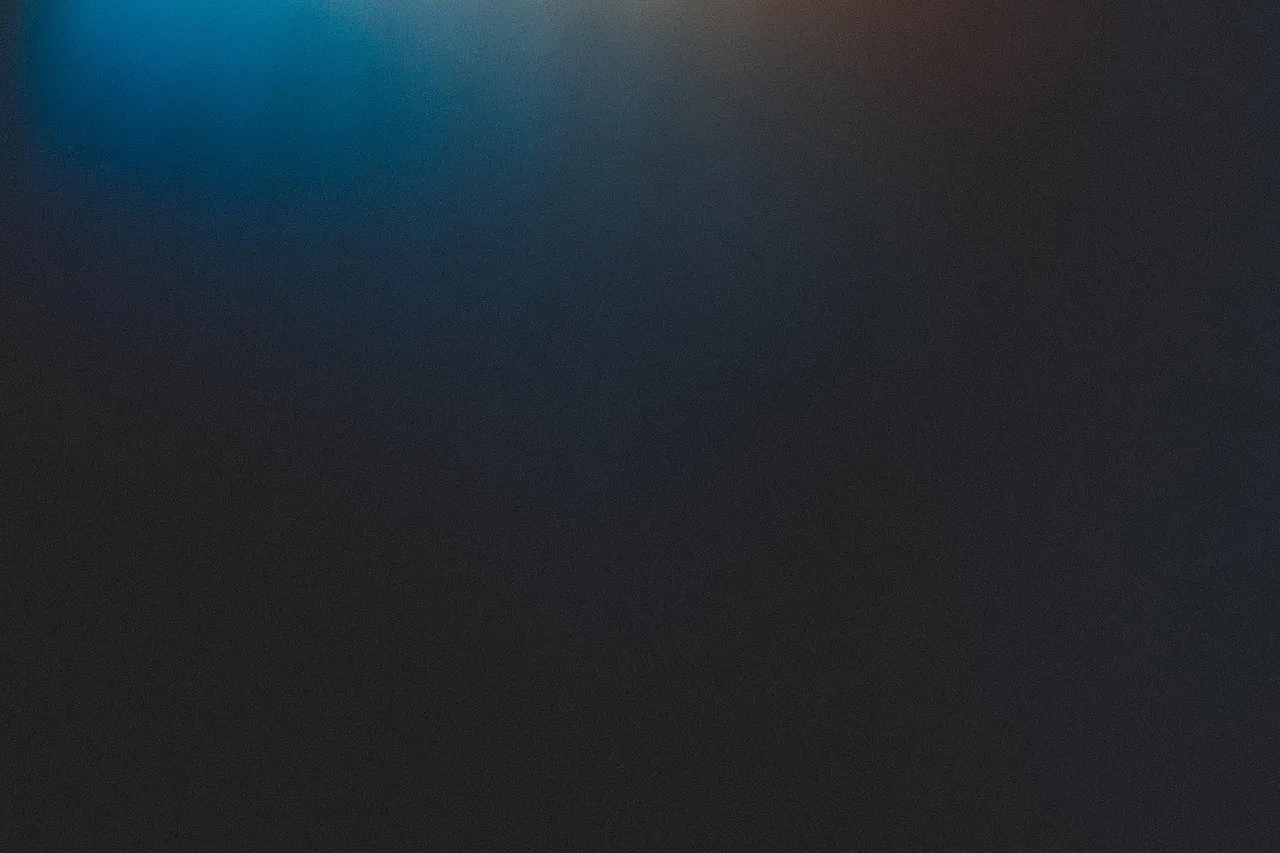
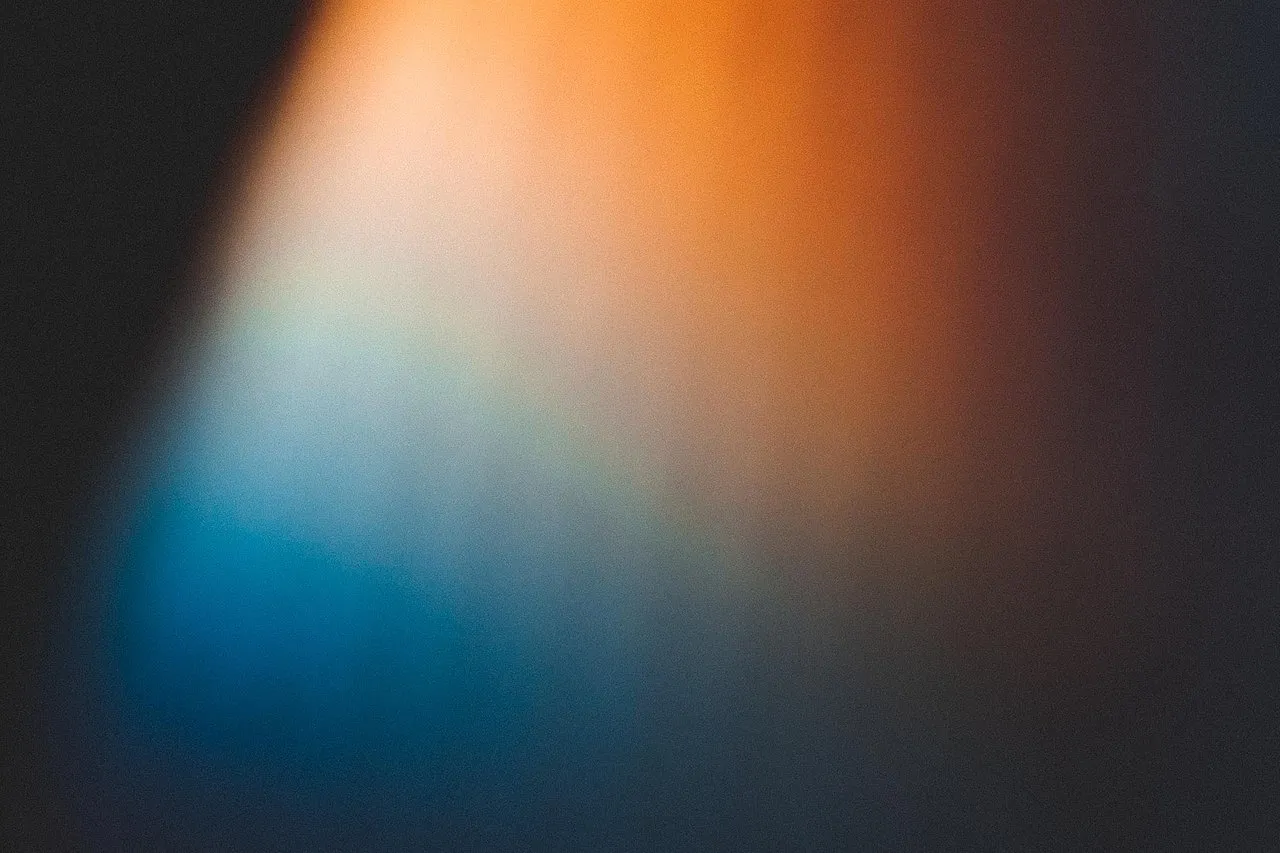

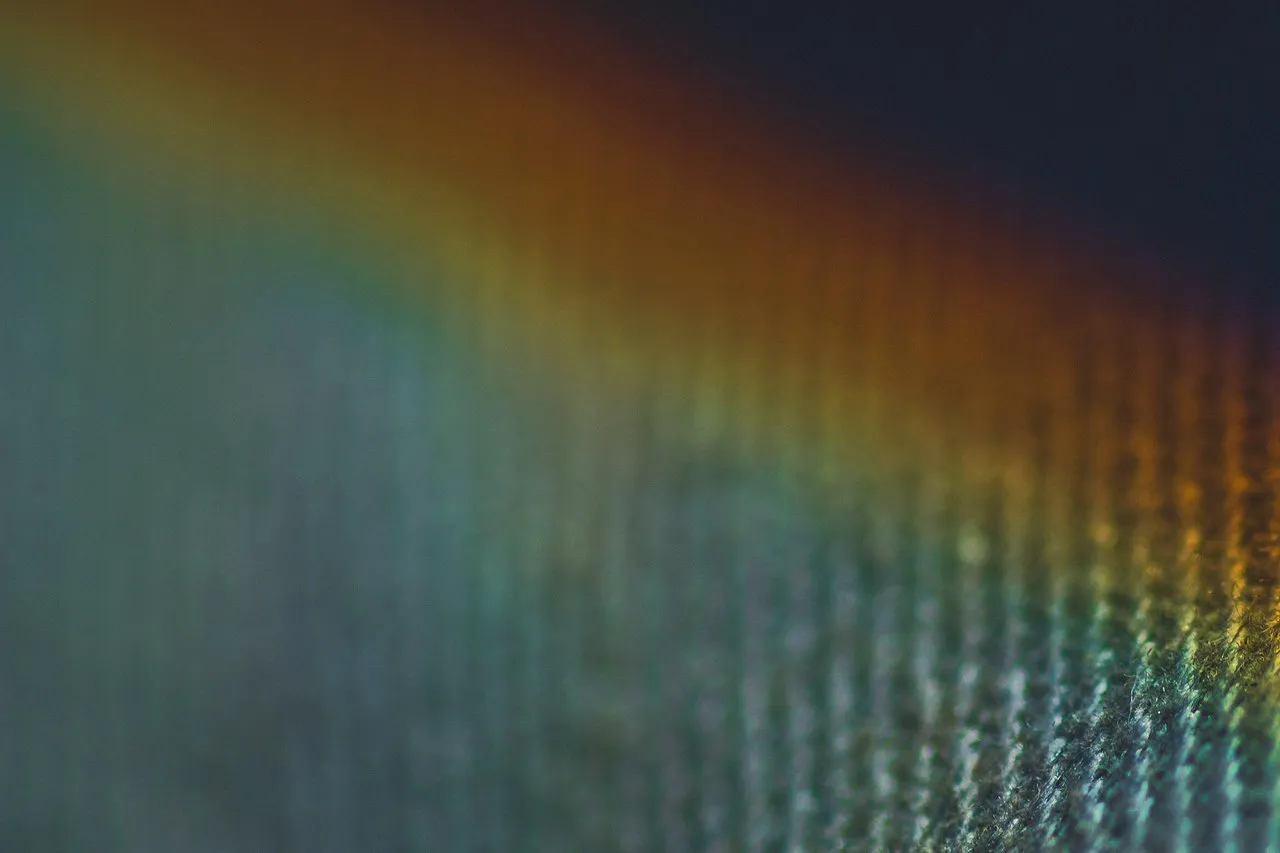

Light
How we perceive light is pretty interesting, and how different objects and materials reflect and impact the way how we see it, is something to think about, especially if you're photographing for work. This is mostly why I always observe objects that I photograph under my lights. Objects reflect and absorb light, it's just how it is. It does make some sense since without light there would be darkness (doh), which means that when the Sun shines through our windows, it is mostly the only light source we use during the day and allows us to see and look at objects.
These photographs were catching some dust, but after I took a closer look at them, I have to say that I love the way how they turned out. I'm slowly moving away from the minimum acceptable 8K resolution photographs, as 2K or 4K images are still far away from mass adoption. I actually had to manually add some film grain, because the quality of the original was too damn good lol.
Cheers,
Ruben